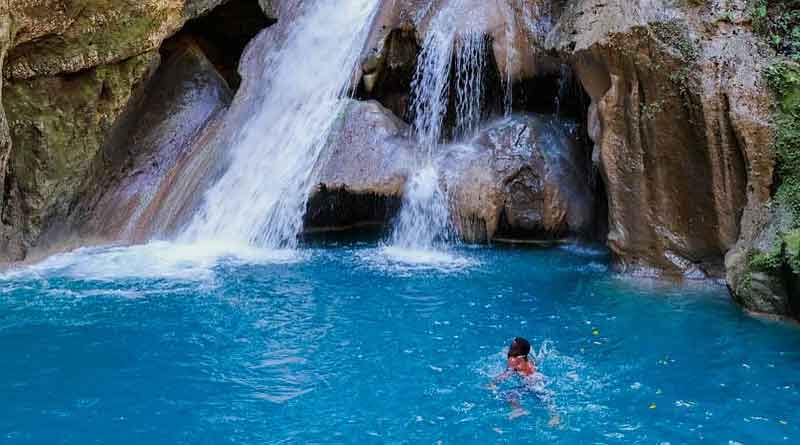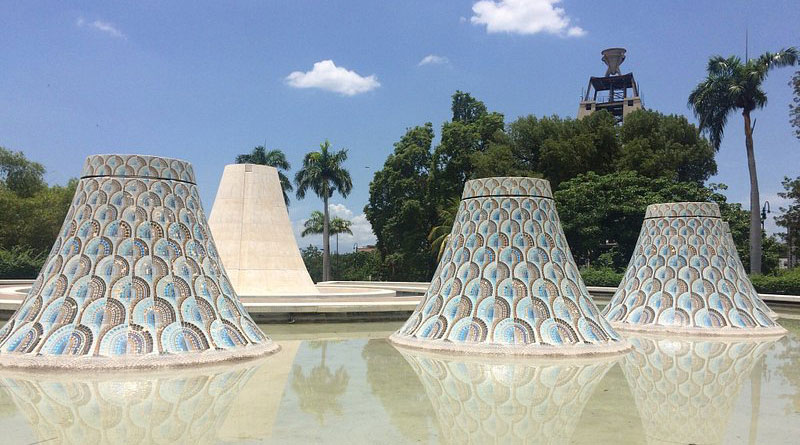Jacmel, Haiti's Cultural Treasure Jacmel is a port town on the south coast of Haiti. The city center has many colonial-style buildings, including...



Jacmel, Haiti's Cultural Treasure Jacmel is a port town on the south coast of Haiti. The city center has many colonial-style buildings, including...
The building itself builds suspense as you descend beneath ground to visit the sacred remains of Haiti’s forefathers and then learn a bit about pre-Colonial life on the island and then the intriguing and eclectic lineage of Haitian heads of state. There are numerous interesting artifacts including one of the most impactful I’ve seen in any museum worldwide – the anchor from Columbus’ Santa Maria. Unfortunately all the signs are in French and parts of the exhibit can feel dated, but I imagine the Museum is operating on a very limited budget. There is also a gallery of Haitian contemporary art that adds lots of value to the visit and an interesting multimedia space that includes the tennis racket used by 2018 US Open winner Naomi Osaka, the first person of Haitian descent to win a Grand Slam. I would have liked to have visited the restaurant and gardens but they were closed for repairs.


The Musée du Panthéon National Haïtien was opened in 1983. This cultural center is to perpetuate and disseminate the memory of “Fathers of the Nation”.
One of its main missions is to participate in heritage conservation and dissemination of national culture. The MUPANAH is an institution whose function is the conservation, protection and enhancement of historical and cultural heritage.